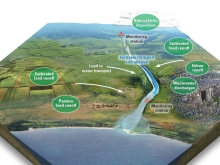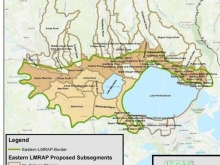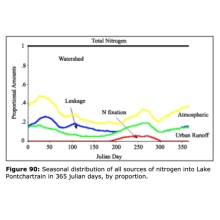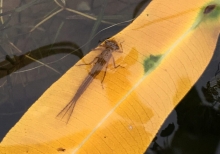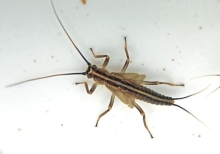PC: Water Pollution Guided Review
In this guided review, you will learn about the different types of water pollution, the impacts they have on our waterways, and the work being done to mitigate the damage. This review aims to identify the sources of water pollution and the communities that are most affected by it.

